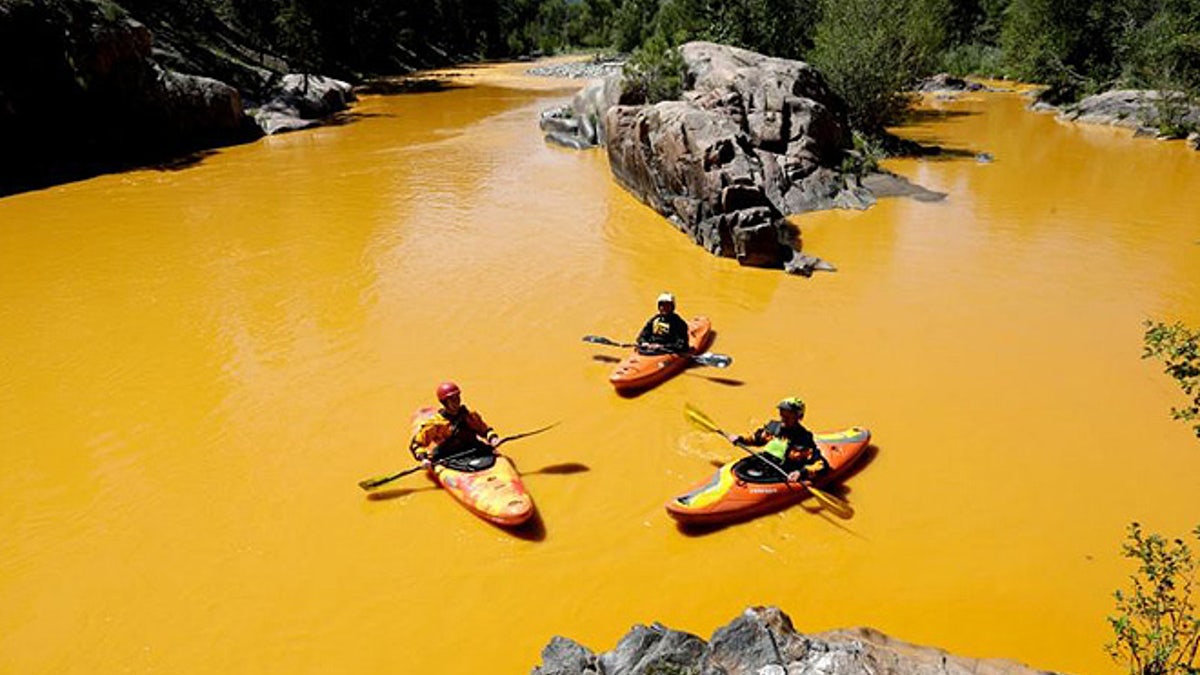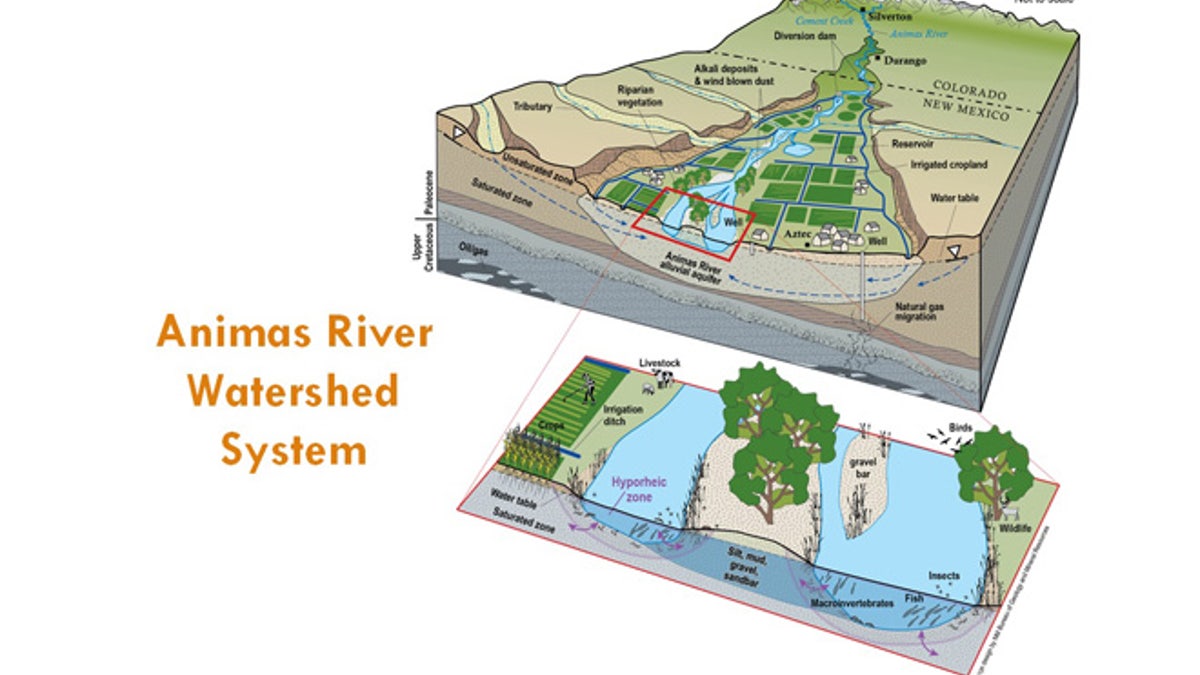
The House Committee on Natural Resources released a damning report on the EPA and how they handled the August 2015 Gold King Mine disaster in Colorado, and its aftermath (AP)
The disclosure that the Environmental Protection Agency's toxic spill at an old gold mine in Colorado was far worse than previously stated has unleashed a flood of anger at the agency, which was already facing numerous lawsuits from states and individuals along the affected waterways.
On Thursday, the House Committee on Natural Resources released a damning report on the EPA and its handling of the Gold King Mine disaster last August. The report detailed how the EPA and the Department of the Interior were inaccurate and misleading in their conflicting accounts of the wastewater spill, which the EPA said last week released 880,000 pounds of toxic metals.
“When government actions result in harm, it’s our duty to know who was responsible and why decisions failed. They haven’t been forthcoming in this regard,” Committee Chairman Rob Bishop, R-Utah, said in a released statement. “This report peels back one more layer in what many increasingly view as a pattern of deception on the part of EPA and DOI.
“Once the color returned to normal [in the rivers], there were those in the EPA that were hoping that this would be swept under the rug.”
"The agencies continue to withhold information requested by the Committee," Bishop's statement continued. "They need to come clean and produce the missing documents.”
The committee’s findings support recent claims made by New Mexico Environment Secretary Ryan Flynn, who recently asked members of the House agriculture committee to get behind a proposal that calls for a long-term water monitoring plan. Flynn also said before the committee that federal officials are downplaying the effects of the spill.
“The EPA is saying one thing and their own experts say another,” Flynn told FoxNews.com. “Once the color returned to normal [in the rivers], there were those in the EPA that were hoping that this would be swept under the rug.”

(New Mexico Environmental Department)
New Mexico last month announced its intent to sue the EPA over the spill, in which agency contract workers caused a massive release of toxic wastewater into the Animas while attempting to mitigate pollutants from the shuttered mine.
Some of the metals in the wastewater reached the San Juan River, which the Animas joins in New Mexico, but most settled into the Animas riverbed before that, the EPA said in a preliminary report on the metals.
Utah officials have said some contaminants reached their state, but Friday's report didn't address that.
Metals released in the spill are believed to include cadmium, copper, lead, mercury, nickel and zinc. Tests done after the spill also found arsenic and lead in the wastewater.
Flynn and others in the Land of Enchantment are concerned about metal levels in the Animas River in the northern part of the state that shares its border with Colorado. The region’s watershed is connected to the Gold King site in Silverton, but New Mexico has more residents living along the Animas, which is used for crops through irrigation ditches, ranching, and even for home use by residents.
“This river literally feeds us and helps the economy in this region,” Flynn says.
Flynn said field-level EPA officials have been helpful, but said "something gets lost in translation once it gets to the leadership level. They would be happy to see this just all go away.”
When reached for comment regarding the matter, EPA spokeswoman Nancy Grantham said in a written statement: “We’re going to take a look at the report and will respond appropriately.”
The EPA says it won't consider the site for Superfund status without the support of state and local officials.





















